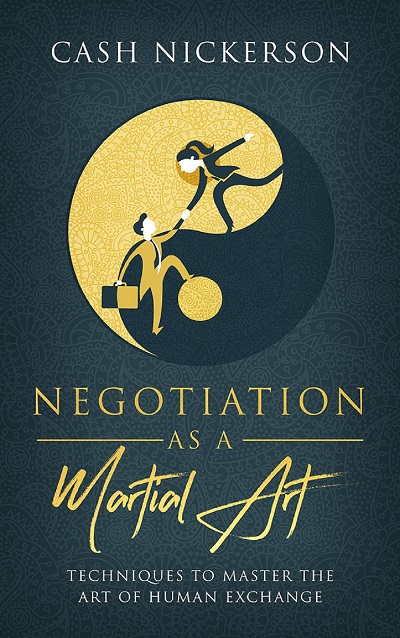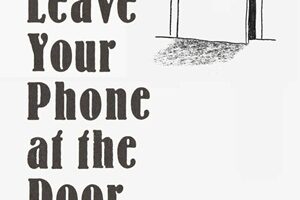
Cash Nickerson’s new book – Negotiation. Negotiation as a Martial Artist: Techniques to Master the Art of Human Exchange – ideologically speaking is an exercise in moderation. Nickerson is the first to tell you what you shouldn’t do in the position of being a negotiator before diving into what you should do. To know how to negotiate effectively he says, you have to have as whole a knowledge of the pitfalls as the necessary counter-techniques will bring you the best possible outcome(s) to the table. This is reflected in a concept he introduces called ‘perspective listening’. “When someone is speaking, their meaning is tied up with their perspective.
The best way to think of this level of understanding is to imagine walking in the shoes of the person with whom you are speaking and communicating,” Nickerson states. “Understanding at this level involves seeing the world from someone else’s point of view. This can be very difficult, especially if you disagree with the person you are communicating with.” He goes on to add, somewhat emphatically: “…you need to do this especially if you disagree with the person.”
It’s not a kind of holism you’d expect that comes with the territory, but that’s part of the fun of a read like Negotiation as a Martial Artist. It’s not aggressive or something of an ego-trip, cliches commonly associated with books of its kind falling within the leadership advice nonfiction subcategory. Nickerson commonly draws comparisons between the ‘peaceful warrior’ martial arts archetype and that of the negotiator sitting across from his adversary. A particular pertinent example is his comparison of the tactic(s) to Brazilian Jiu Jitsu. “In (Jiu Jitsu) we work from positions on our back, on the top or to the side of someone.
AMAZON: https://www.amazon.com/Negotiation-Martial-Art-Techniques-Exchange-ebook/dp/B098LZLWKB
There are techniques in this practice that cause pain which you would apply in an actual confrontation. These are called submissions. Since we don’t want to hurt anyone during training we apply pressure until they ‘tap out.’ When the pressure starts to hurt, they tap their training partner to signify ‘enough’,” writes Nickerson. “It is very important that you feel the pain or pressure that you want to inflict. You literally have to become the ‘victim’ in order to successfully learn how to be the person applying the hold. In understanding at this level, you hear nothing but these questions in good exchanges: ‘Is this right?’ or ‘Can you feel that?’ Great understanding comes from this level of exchange. You get into the other person’s point of view – into their shoes.”
By breaking down elaborate and sometimes dense corporate, concurrently psychological, conceptual designs into decidedly plainspoken language, Nickerson takes the daunting of well, a genuinely daunting prospect. Negotiation is an art form a step ahead of public speaking. It’s a trait that isn’t inherent, he states, but whose effective practice is the result of constant step-by-step grappling and subjective analysis based on a set of consistent ground rules. It isn’t for amateurs. Many might think that negotiation is fundamentally about strong-arming one’s opponent, and to a certain extent it is.
But as far as Nickerson is concerned, it’s about so much more than that. It has to be. “I like to think of due diligence as more than just reviewing documents and meeting management,” Nickerson writes. “…To me it is like dating…You spot strengths and you spot weaknesses…You learn their idiosyncrasies and they learn yours. You share. You laugh. You cry. You meet their family. You meet their friends.”
Kendall Townsend



























